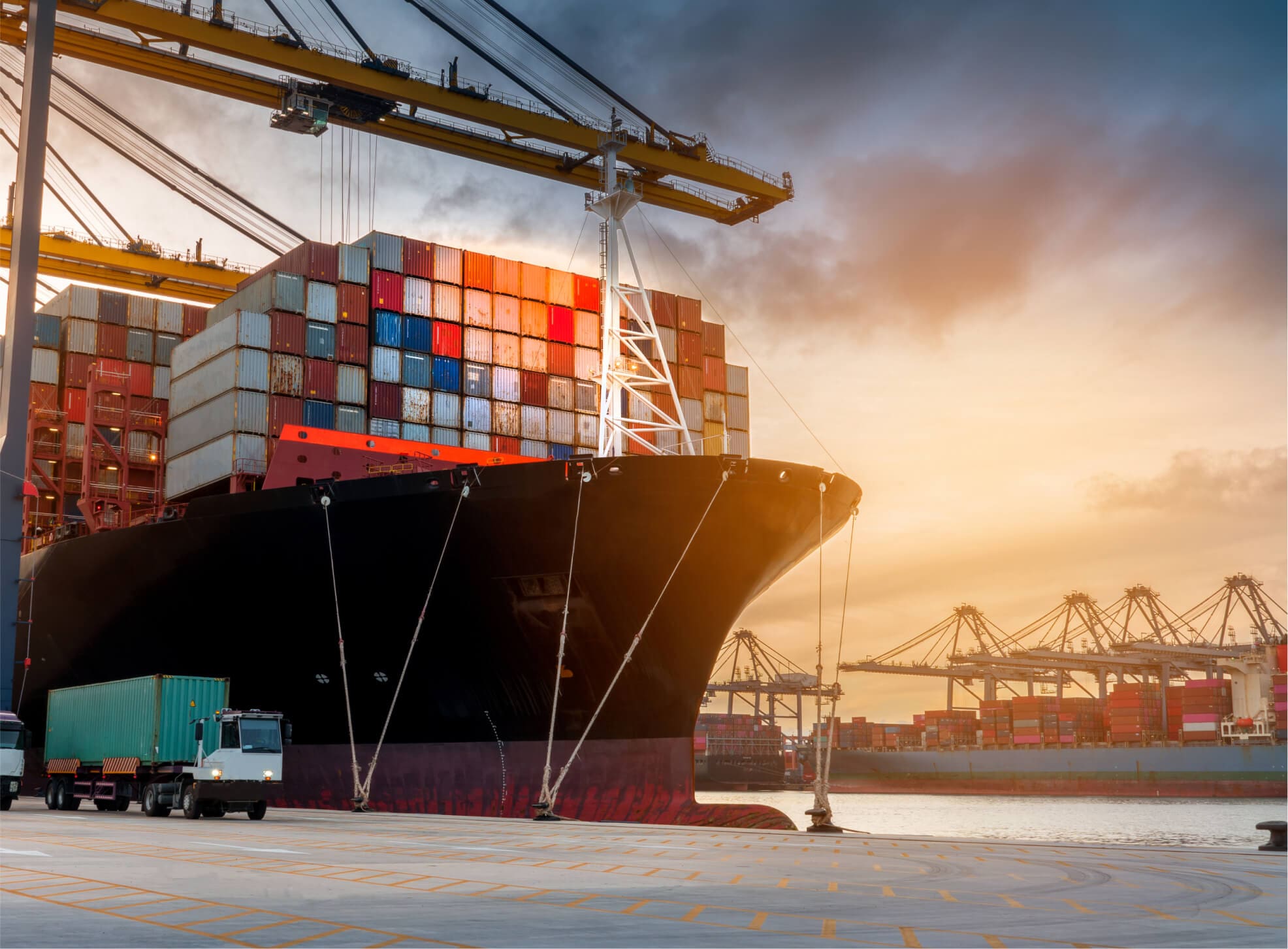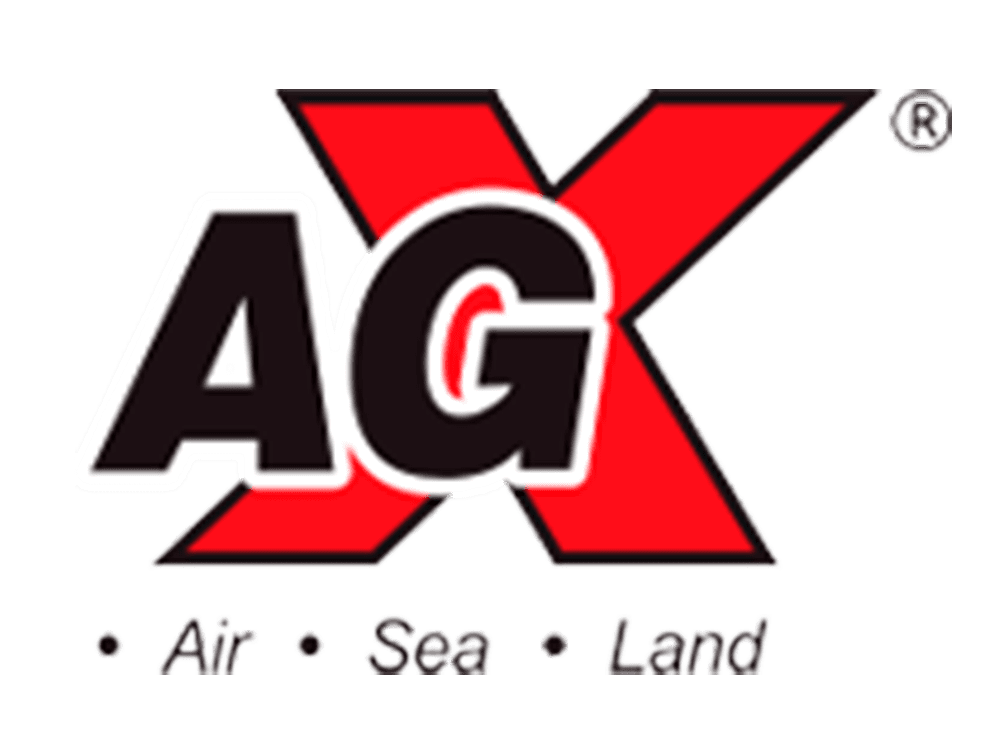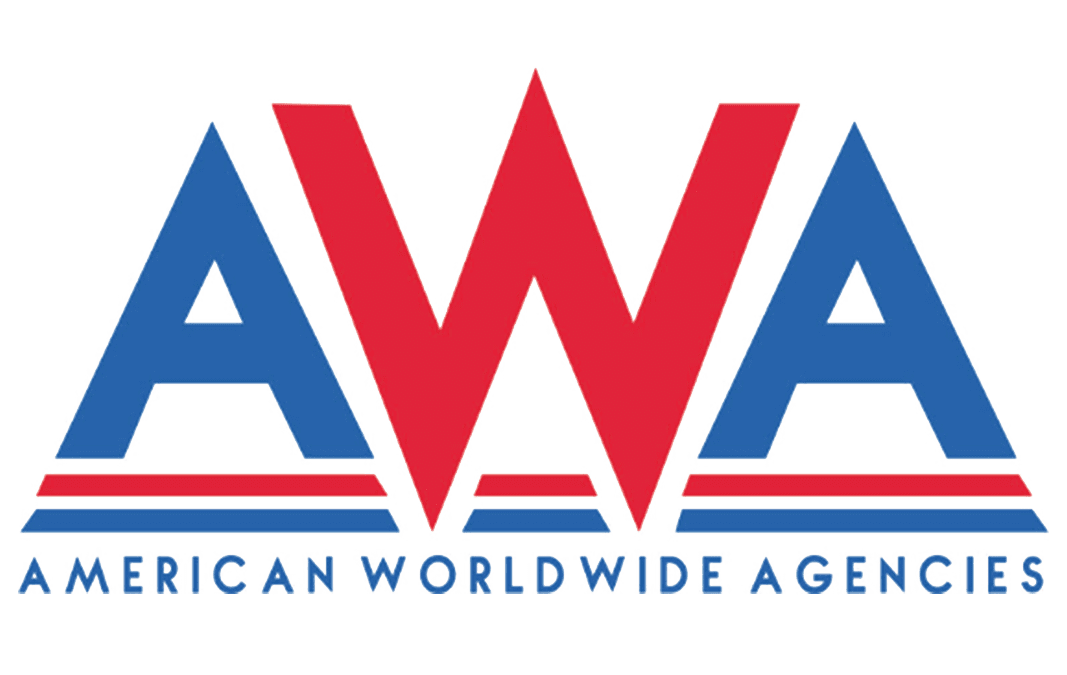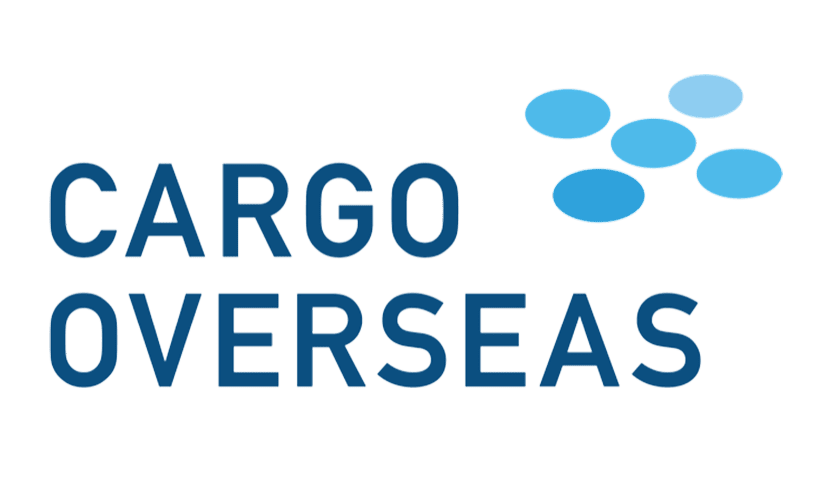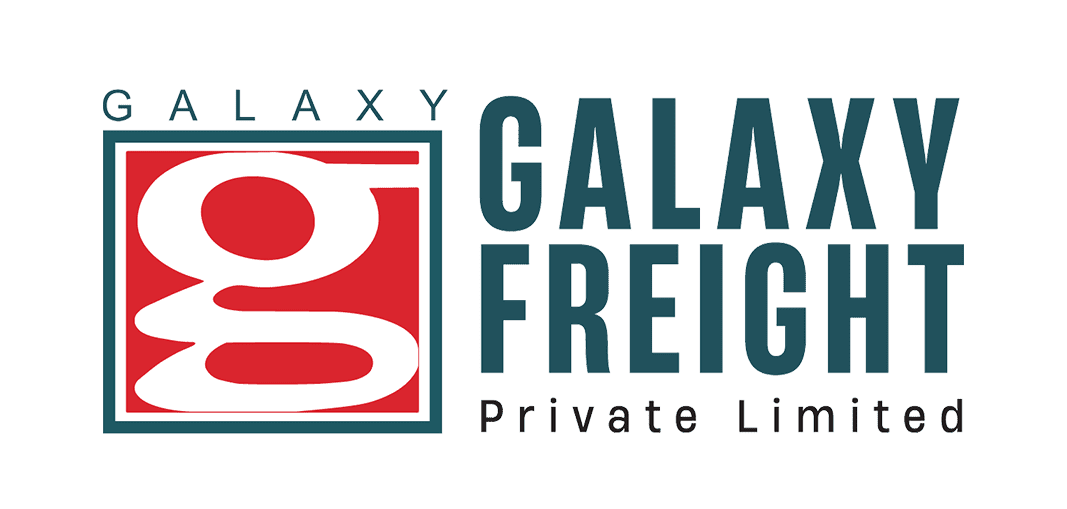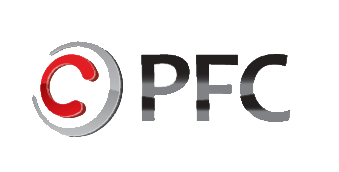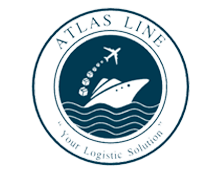Hazard Label
The international community has established a classification system for the identification of hazardous goods. Nine primary classes include all dangerous materials, with some classes further divided into divisions to reflect the specific dangers posed by individual items. A corresponding label, indicating the class/division and nature of the hazard, must be displayed on the outside of packages during transportation. Examples of these hazard labels are shown below for reference.
Class 1
Explosives
Explosive substances, explosive articles, pyrotechnic devices. Includes ammunition, fireworks, detonators, etc
Class 2
Gasses
Transported as either compressed, liquefied, refrigerated liquefied or gas in solution. Includes aerosols. This class has three divisions:
Division 2.1
Flammable gasses i.e. butane, propane.
Division 2.2
Non-flammable, non-toxic gasses i.e.oxygen, liquid nitrogen, compressed air.
Division 2.3
Toxic gasses i.e. chlorine, coal gas.
Class 3
Flammable liquids
Includes liquids with a boiling point of 35 degrees C or less or a flash point of 60 degrees C or less. Examples are Petrol, Alcohol, etc.
Class 4
Flammable solids
Substances liable to spontaneous combustion and substances which, in contact with water, emit flammable gasses. Class 4 has 3 divisions:
Division 4.1
Flammable solids such as hexamine solid fuel tablets for camping stoves; self-reactive substances and desensitized explosives.
Division 4.2
Substances liable to spontaneous combustion under the normal conditions encountered in air transport – such as Phosphorus which burns by itself when exposed to air.
Division 4.3
Substances which in contact with water emit flammable gasses. i.e. “Dangerous when wet”. Examples are sodium, zinc particles etc.
Class 5.1
Oxidizing substances
Substances which in themselves are not necessarily combustible, but which by yielding oxygen may cause or contribute to the combustion of other material. Example is generators which produce oxygen by chemical reaction.
Class 5.2
Organic peroxides
These are thermally unstable substances which may undergo heat generating, self accelerating decomposition – which may be explosive, rapid, sensitive to impact or friction or react dangerously with other substances. Example is Hydrogen Peroxide.
Class 6.1
Toxic substances
Those substances which are liable to cause death or injury if swallowed, inhaled or absorbed through the skin. Examples are pesticides and poisons.
Class 6.2
infectious substances
Those known to contain, or reasonably expected to contain, pathogens.
Class 7
Radioactive material
They can be naturally occurring, such as uranium and radon, or man-made, such as isotopes used in medical treatments and industrial processes. Exposure to ionizing radiation can cause damage to living organisms, including humans, by damaging cells and DNA.
Class 9
Miscellaneous
Includes magnetic articles, which can have an impact on the aircraft’s compass, Internal combustion engines, dry ice (solid carbon dioxide) etc.
There are four handling labels available for use in conjunction with the appropriate labels shown in the above list. These are as follows:
Testimonials
Hear directly from our valued members. Their experiences highlight the tangible benefits and real-world results of our collaboration.
Our Members
Become A Member
We're the Logistics Network You've Been Searching For!
Join our pioneering logistics network and elevate your business to new heights. Discover the power of community, innovation, and global connectivity with Freyt World.
